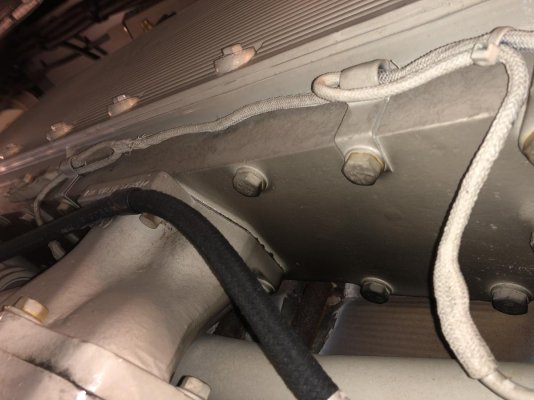- Joined
- Oct 1, 2007
- Messages
- 7,331
- Location
- Texas
- Vessel Name
- Floatsome & Jetsome
- Vessel Make
- Meridian 411
We are looking at boats with these engines. Should I be afraid? ANd what am I looking for as it relates to blown exhaust gaskets or cracked manifolds? I know my way around diesel engines but not sure where to look for the failure points...the coolant tank seems to block the ability to truly inspect the condition. I did take some pics. Not sure what I am looking at although I do see what could be considered soot. This engine only had 425 hours on it and rated at 616hp.
How difficult is it to change gaskets or repair replace manifolds and how expensive would it be to hire it out? Just wondering if it is a deal killer and/or a fatal flaw. I do know these engines can be run to prevent this from happening. Sadly most people are unaware.
How difficult is it to change gaskets or repair replace manifolds and how expensive would it be to hire it out? Just wondering if it is a deal killer and/or a fatal flaw. I do know these engines can be run to prevent this from happening. Sadly most people are unaware.
Attachments
Last edited:


